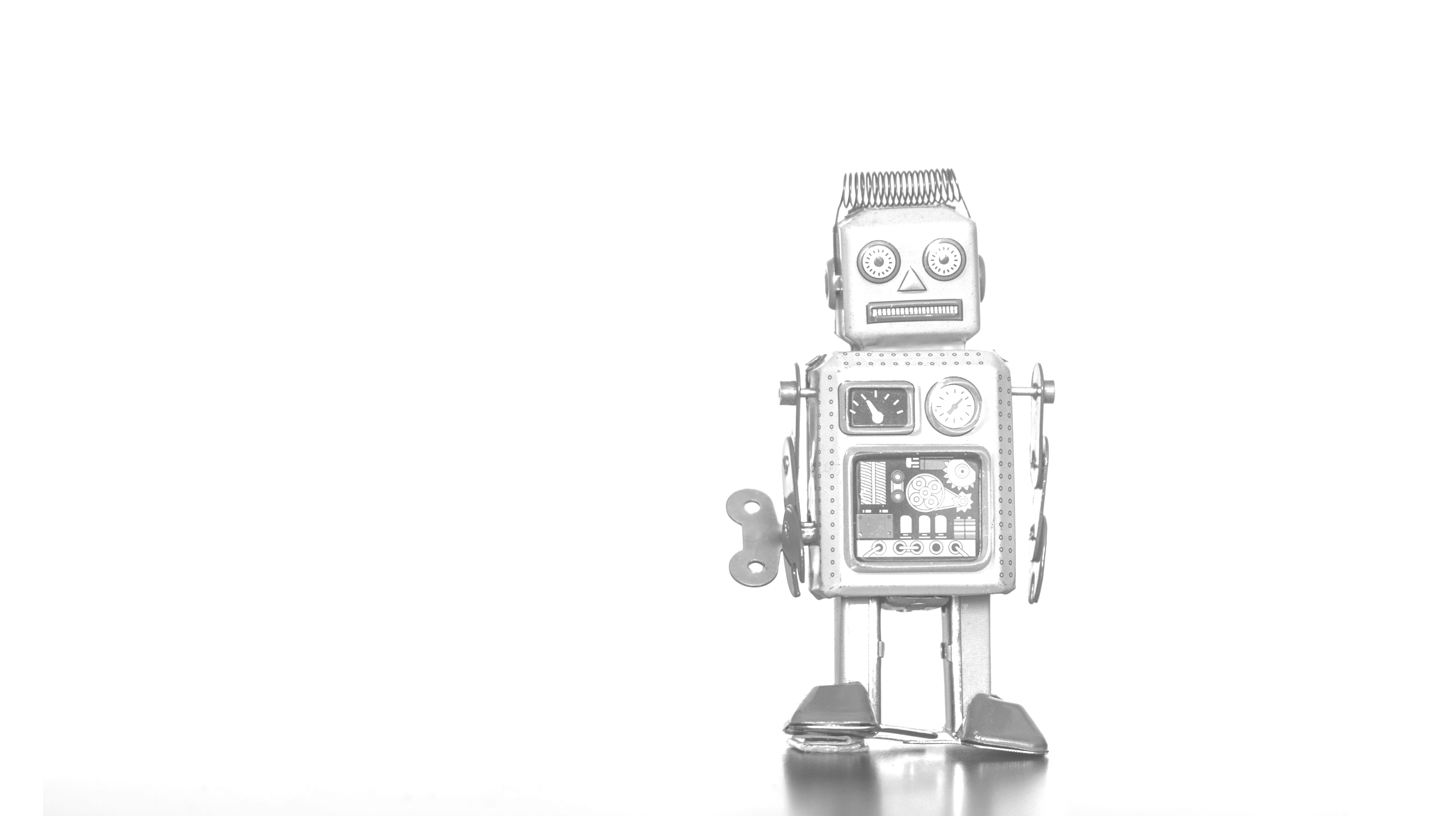- Industries
Industries
- Functions
Functions
- Insights
Insights
- Careers
Careers
- About Us
- Information Technology
- By Omega Team

A chatbot is a computer program that simulates and processes human conversation, either written or spoken, allowing humans to interact with digital devices as if they were communicating with a real person. The rudimentary programs that answer a simple query with a single-line response or digital assistants that have the abilities to learn and evolve are all categorized as chatbots. You could be encountering a chatbot when you are searching for a product, ordering a coffee in a cafe or requesting a ride.
Driven by AI, automated rules, natural-language processing (NLP) and machine learning (ML), chatbots process data to deliver responses to requests of all kinds. Simple chatbots can save a lot of labor, and the intelligent digital assistance can complete tasks in customer service and marketing. They are highly personalized and can predict customers’ needs and provide suggestions based on their user behavior. According to the surveys, a large proportion of customers are willing to interact with chatbots. Businesses using chatbots are likely to receive more profits from improved customer experience. In addition, these chatbots are not only crucial in digital marketing, they can also be applied to assist employees in searching for information.
Types of Chatbots
- Task-oriented (declarative) chatbots: These are single-purpose programs using NLP, and very little ML, that have basic capabilities and focus on performing one function. Interactions with these chatbots are highly specific and structured and are most applicable to technical support and customer service functions. Task-oriented chatbots can handle common questions, such as queries about hours of business or simple transactions that don’t involve a variety of variables. These are currently the most commonly used chatbots.
- Data-driven and predictive (conversational) chatbots: They are often referred to as digital assistants. They are much more sophisticated, interactive, and personalized than task oriented chatbots. These chatbots are contextually aware and leverage natural-language understanding (NLU), NLP, and ML. They apply predictive intelligence and analytics to enable personalization based on user profiles and past user behavior. Digital assistants can learn a user’s preferences over time, provide recommendations, and even anticipate needs. In addition to monitoring data and intent, they can initiate conversations. Apple’s Siri and Amazon’s Alexa are examples of consumer-oriented, data-driven, predictive chatbots. Advanced digital assistants are also able to connect several single-purpose chatbots under one umbrella, pull disparate information from each of them, and then combine this information to perform a task while still maintaining context —so the chatbot doesn’t become “confused.”
Common Uses
Research shows what customers usually expect chatbots to do in Figure 1.
- Customer support and engagement: Chatbots are first-tier support for customer service. Instead of customers waiting an hour on the phone to wait for the issues to be resolved, chatbots can answer the repetitive questions and complete the tasks such as scheduling, refund and cancellation immediately. Chatbots can also be added the functions such as navigating the company’s site and personalizing the conversation to make the conversation more fun These are the way the engage the customers.
- Sales and Marketing: Chatbots can make personalized recommendations based on analyzing user’s behavior data. It can also facilitate email collection and marketing campaigns. Chatbots can provide information to customers from the articles and do FAQs.
- Employee Use: they help employees find information from the database more quickly and can help HR retrieve company policies and find answers to repeated questions. Chatbots are now widely used in industries including banking, telecom, retail, insurance, e-commerce, healthcare, government and HR. For the banking and healthcare industries, Chatbots are a huge cost saver. They are predicted to deliver cost savings of over $8 billion per year by 2022 in the banking and healthcare sectors. Customers are already fine with these virtual assistants: 74% of the customers are willing to receive computer generated advice about the type of insurance to purchase and 78% about investment asset allocation. In e-commerce business, customers are open to interacting with chatbots for a variety of reasons and 47% would buy items from a chatbot.
Figure 1: Customers are asked what do you predict you would use a chatbot for

The value chatbots bring to businesses and customers
Chatbots boost operational efficiency and bring cost savings to businesses while offering convenience and added services to internal employees and external customers. With chatbots, a business can scale, personalize, and be proactive all at the same time, which brings more revenue. Intelligent chatbots guide customers on a buying journey, driving sales conversion and revenue.
They can remember customer preferences and provide advice, tips and help, while gently upselling. Conversational data can be used to understand trends and better interpret customer sentiment, providing invaluable insight that informs product and service development. Chatbots personalized customer 3] Chatbots | 4 service and improved customer satisfaction that helps increase customer engagement. Engaged customers purchase 90% more frequently than average customers and spend 60% more per purchase.
Chatbots bring great efficiency to customer service. They allow the process of resolving customer’s queries and issues easily while reducing the need for human interaction. It helps to reduce costs by enabling companies to service more customers without increasing their overheads. Digital customer assistants can help curtail inbound queries by anything up to 40%, and often deliver first call resolution (FCR) rates far in excess of live agents.
Future Outlook
Chatbots, as part of the AI field, dedicated to freeing humans from repetitive labor, are sure to see more development in the future. Combined with the development of 5G and AI technology. Everyone can enjoy the enhanced chatbot features such as faster recommendations and predictions, and easy access to video conferences within a conversation. Ultimately, everyone can have a fully functional personal assistant in their pocket, providing efficiency and convenience to living and working.
Subscribe
Select topics and stay current with our latest insights
- Functions